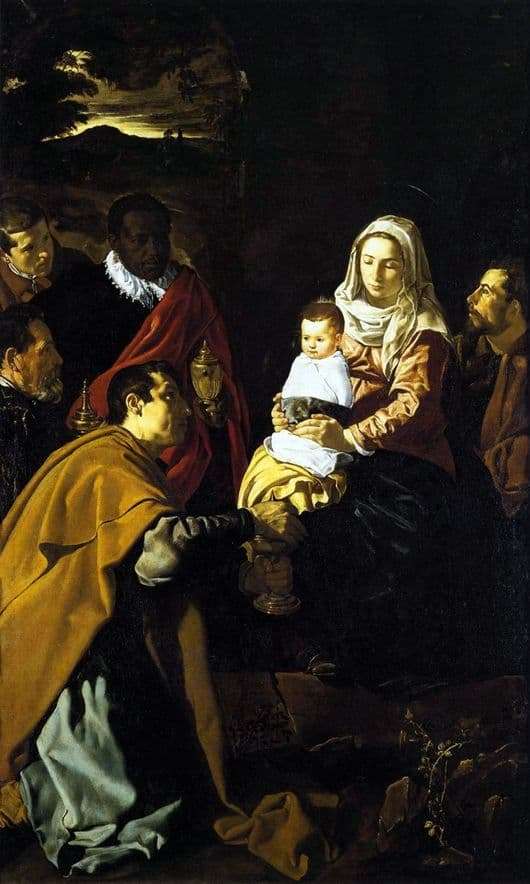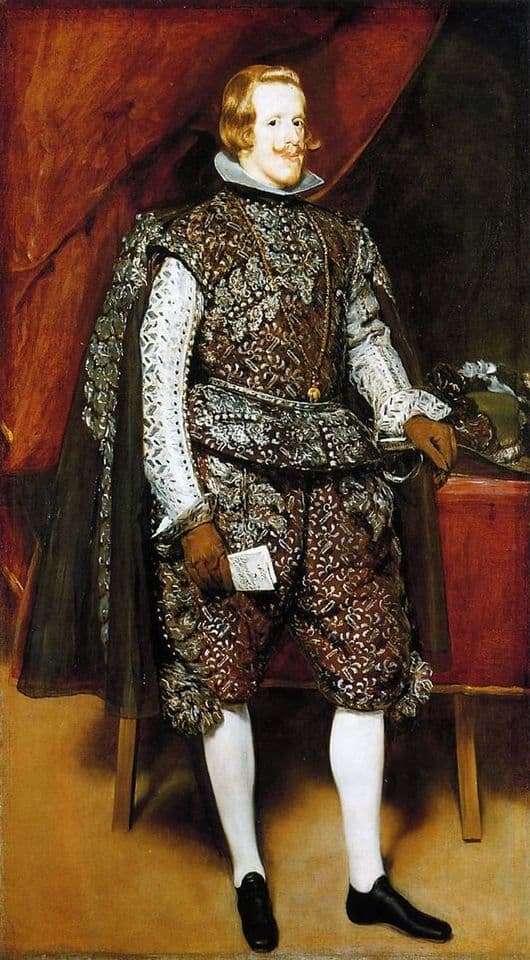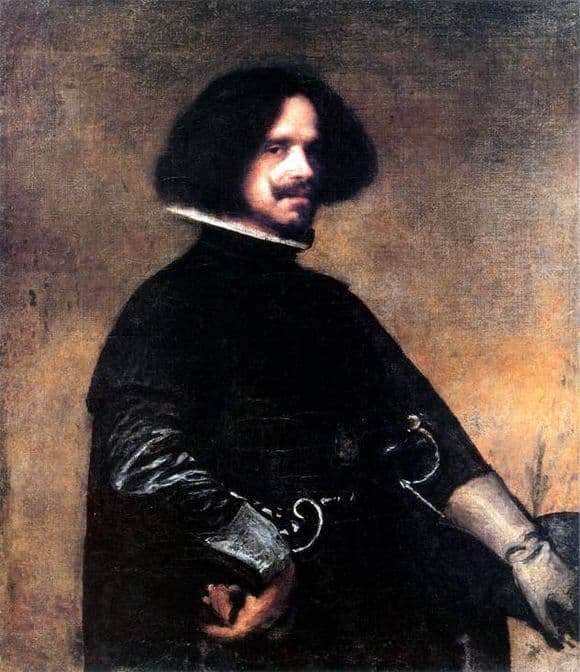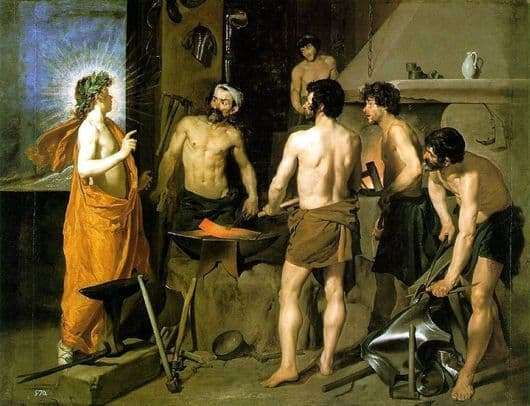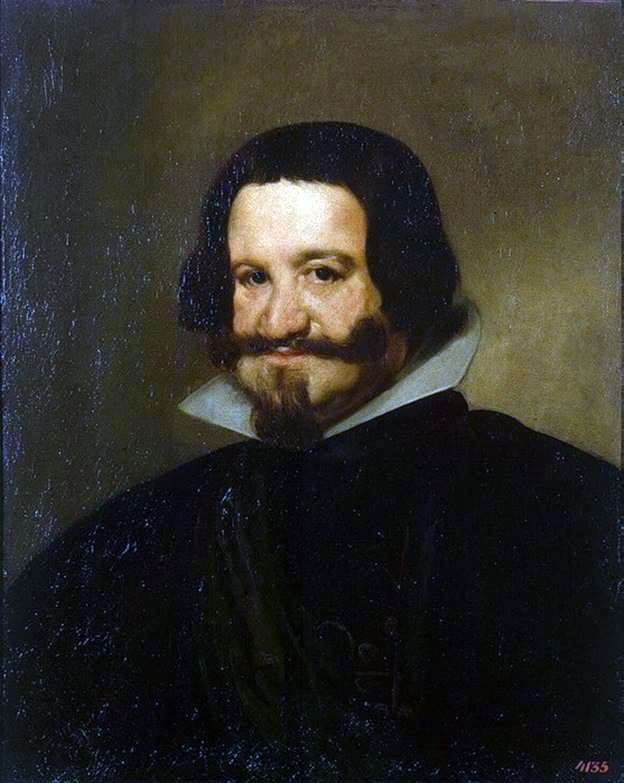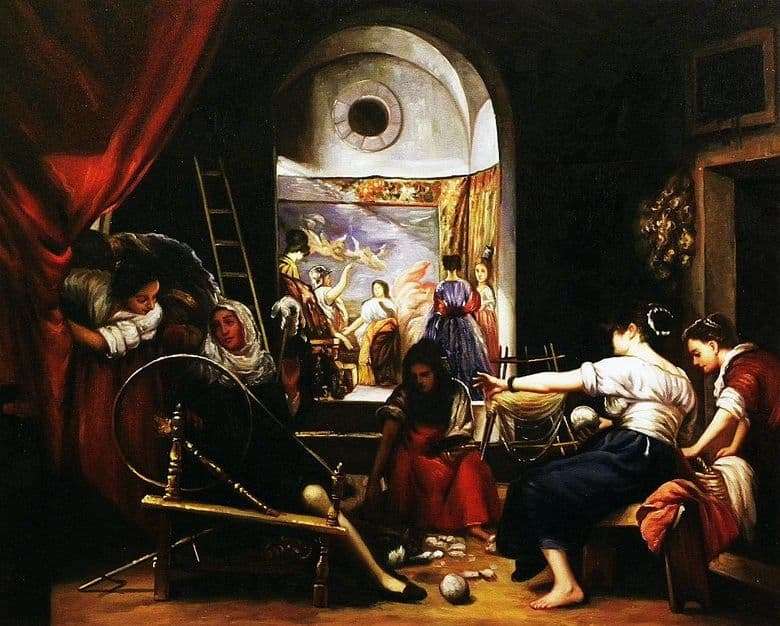
The picture “Prya” was written by Velasquez in 1657. She reflected all his skills in working with various technicians and creating complex textures of materials.
The “spikes” of the two-planned multi-figure composition directly reflects Velasquez’s love for receiving “the picture in the picture”. The complex picture has an extensive color palette, saturated with many different subjects.
In the background is a tapestry with a plot of historical subjects, because of which at one time it was read that the canvas was dedicated to a workshop at the royal monastery in Madrid. Already in the middle of the 20th century, it was revealed that this is an illustration of the myth of the contest between Athena and Arachne, borrowed from the “Metamorphoses” of the famous Roman poet Ovid.
In the foreground of the picture are the main characters – Athena in a white scarf on her head, Arkhana turned her back. The essence of the myth was in their rivalry, which of them will strain the yarn more. Arhana won, for which she was turned into a spider by Athena.
The picture is written in a rich color palette, the colors are muffled, painstakingly selected details of the image, architecture buried in darkness.
The genre essence of the picture and the mythological component of the plot lead the viewer away from the simple process of creating yarn.
Velázquez clearly prescribed many draperies in the picture: these are the folds of the golden-scarlet curtain, and the folds of the girls’ skirts.
The artist skillfully and harmoniously distributed a palette of warm colors – a combination of a brownish cape of one of the girls and a piece of reddish-pink fabric.
Athena is wearing a dark brown dress with a thin white scarf on her head. Arkhan is wearing a dark puffed skirt of blue color and a white loose-fitting blouse with rolled up sleeves. This technique allows you to unobtrusively highlight the main characters of the composition.
To date, the picture Velasquez “Pieha” is in the Prado National Museum in Madrid.
Description of the painting by Diego Velázquez “Straight”

